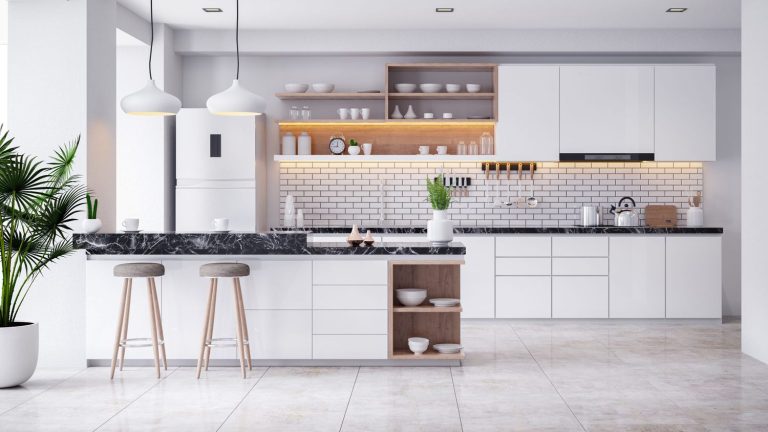I. Introduction to Home Upgrades
Home upgrades, also known as home improvements, are projects undertaken to enhance the functionality, aesthetics, or value of a residential property. These projects can range from minor changes like painting a room to major renovations like adding an extension to the house. The top 5 home upgrades that can make life easier are:
- Smart Home Technology: This includes devices like smart thermostats, smart lighting systems, and home automation systems that can be controlled remotely or programmed to operate automatically.
- Energy-Efficient Appliances: These are appliances designed to use less energy, thereby reducing utility bills and contributing to environmental sustainability.
- Home Office Setup: With the rise of remote work, a dedicated home office space with ergonomic furniture and good lighting can significantly improve productivity and comfort.
- Kitchen and Bathroom Upgrades: Improvements in these areas, such as installing a dishwasher or a walk-in shower, can greatly enhance convenience and functionality.
- Outdoor Living Spaces: Creating comfortable outdoor spaces like a patio or a deck can extend the living area and provide a relaxing space for leisure activities.
Each of these upgrades offers unique benefits and can be tailored to suit the specific needs and preferences of the homeowner. The choice of upgrades would depend on factors such as the homeowner’s lifestyle, budget, and long-term plans for the property.
II. Benefits of Home Upgrades
How Can These Home Upgrades Improve My Daily Life?
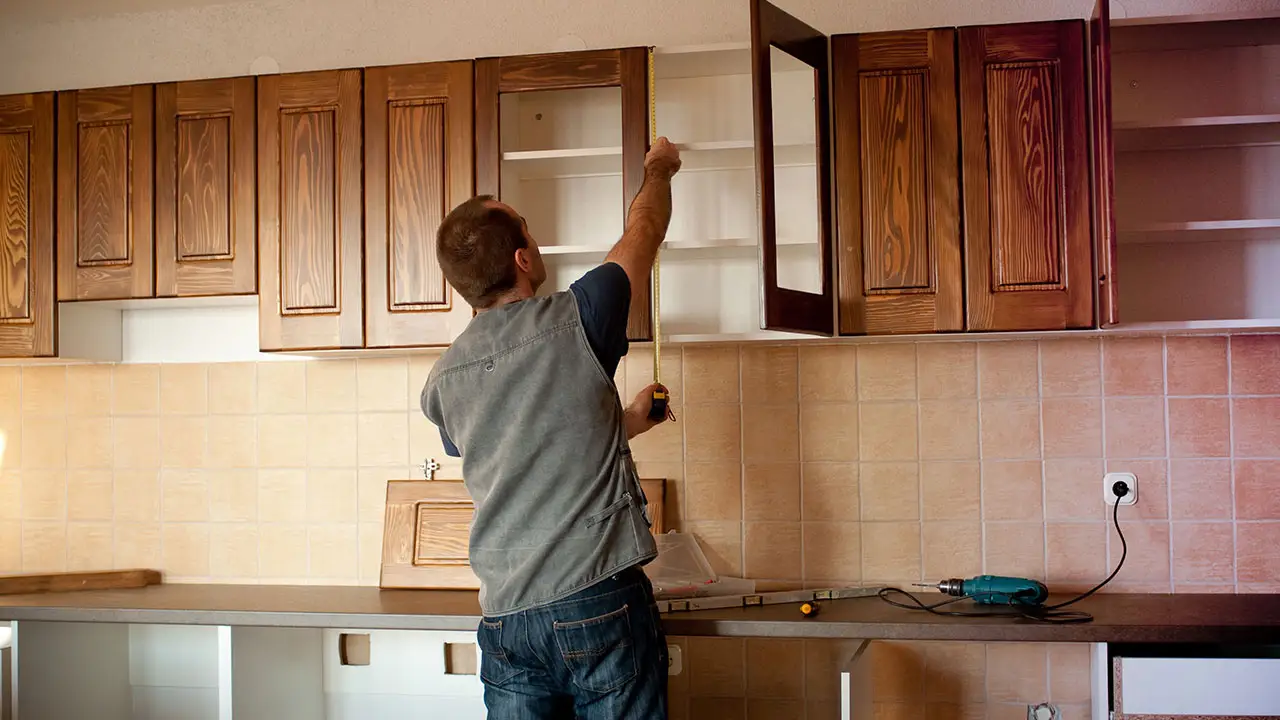
Home upgrades can significantly improve your daily life by enhancing comfort, convenience, and efficiency. Here’s how:
- Simplifying Daily Tasks: Upgrades such as smart home systems can automate various tasks, from controlling lighting and temperature to managing security systems. This automation can save time and reduce the mental load of managing these tasks manually.
- Improving Comfort: Upgrades like improved insulation or high-quality HVAC systems can enhance the comfort of your home by maintaining optimal temperature and humidity levels. This can lead to better sleep, improved mood, and overall better health.
- Increasing Efficiency: Upgrades such as energy-efficient appliances or solar panels can reduce energy consumption, leading to lower utility bills. This not only saves money but also contributes to environmental sustainability.
- Enhancing Safety: Certain upgrades like security cameras, smart locks, and fire safety systems can enhance the safety of your home, providing peace of mind.
- Boosting Aesthetics: Upgrades like fresh paint, new flooring, or updated fixtures can enhance the aesthetic appeal of your home, making it a more enjoyable space to live in.
| Home Upgrade | Daily Life Improvement |
|---|---|
| Smart Home Systems | Automates tasks, saves time |
| Improved Insulation/HVAC | Enhances comfort, improves health |
| Energy-Efficient Appliances | Increases efficiency, saves money |
| Security Systems | Enhances safety, provides peace of mind |
| Aesthetic Upgrades | Boosts aesthetics, enhances enjoyment |
The specific benefits you experience will depend on the type of upgrade and your individual needs and preferences.
Can These Home Upgrades Increase the Value of My Home?
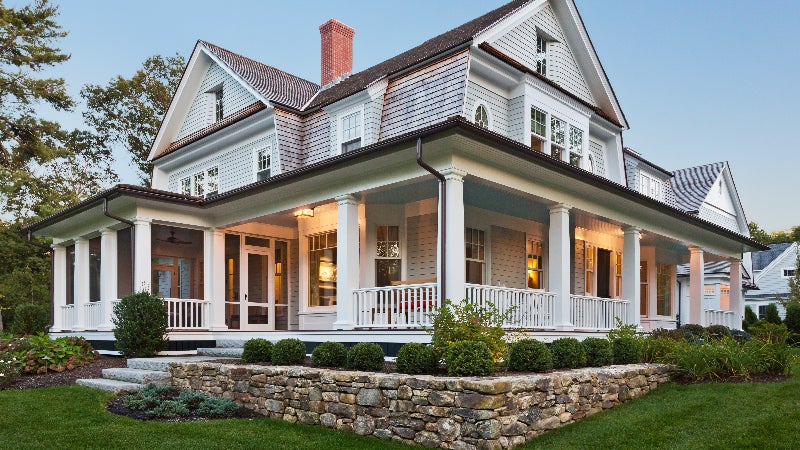
Home upgrades can significantly increase the value of your property, making them a worthwhile investment. The extent of the increase in value, however, depends on the type of upgrade and its relevance to potential buyers. Here are some insights into how the top 5 home upgrades can enhance your property’s value:
- Smart Home Technology: With the rise of the Internet of Things (IoT), smart home technology is becoming increasingly popular. Upgrades such as smart thermostats, security systems, and lighting can make your home more appealing to tech-savvy buyers, potentially increasing its value.
- Energy-Efficient Appliances: Energy efficiency is a top priority for many homeowners. Upgrading to energy-efficient appliances not only reduces utility bills but also adds value to your home. According to the U.S. Department of Energy, homes with energy-efficient features can sell for up to 9% more.
- Modern Kitchen: The kitchen is often considered the heart of the home. Upgrading your kitchen with modern appliances, countertops, and cabinetry can significantly increase your home’s value. A minor kitchen remodel can recoup about 80.5% of its cost in added value, according to Remodeling Magazine’s Cost vs. Value report.
- Updated Bathrooms: Like kitchens, bathrooms are a key focus for many buyers. Updating fixtures, flooring, and lighting in your bathroom can boost your home’s resale value. On average, homeowners can expect to recoup 70% of the cost of a bathroom remodel.
- Outdoor Living Space: Outdoor spaces have become more desirable, especially since the onset of the pandemic. Adding a deck, patio, or outdoor kitchen can make your home more attractive to buyers and increase its value.
The actual increase in value will depend on various factors, including the quality of the upgrade, the housing market in your area, and the preferences of potential buyers. It’s always a good idea to consult with a real estate professional before undertaking significant home upgrades for the sole purpose of increasing property value.
III. Cost and Implementation of Home Upgrades
Are These Home Upgrades Cost-Effective?
When considering home upgrades, cost-effectiveness is a crucial factor. It’s not just about the upfront costs, but also the long-term savings and potential increase in home value.

- Smart Thermostats: These devices, which allow for remote control of heating and cooling systems, can lead to significant energy savings. According to the U.S. Department of Energy, you can save up to 10% a year on heating and cooling by simply lowering your thermostat by 7-10 degrees Fahrenheit for 8 hours per day. Smart thermostats make this easy by allowing you to schedule these temperature changes.
- Energy-Efficient Appliances: Replacing old appliances with energy-efficient models can result in substantial savings on utility bills. For example, an ENERGY STAR certified refrigerator uses less energy than a 60-watt light bulb run continuously.
- LED Lighting: LED lights use at least 75% less energy, and last 25 times longer, than incandescent lighting, according to the U.S. Department of Energy. This translates into significant savings over the lifespan of the bulbs.
- Low-Flow Fixtures: Installing low-flow showerheads and faucets can reduce water usage by up to 60%, leading to considerable savings on water bills.
- Insulation: Proper insulation can reduce heating and cooling costs by up to 20%. It’s an investment that pays for itself within a few years.
| Home Upgrade | Estimated Savings |
|---|---|
| Smart Thermostats | Up to 10% on heating and cooling |
| Energy-Efficient Appliances | Varies by appliance |
| LED Lighting | 75% less energy usage |
| Low-Flow Fixtures | Up to 60% less water usage |
| Insulation | Up to 20% on heating and cooling |
While the initial investment for these upgrades can be significant, the long-term savings make them cost-effective choices. Additionally, many of these upgrades can increase the value of your home, making them even more financially beneficial.
How Long Does It Typically Take to Implement These Home Upgrades?
The implementation timeline for home upgrades can vary significantly depending on the complexity of the project, the availability of materials, and the efficiency of the service provider. Here’s a general estimate for each of the top 5 home upgrades that can make your life easier:
- Smart Home Systems: Installing a smart home system typically takes 1-3 days, depending on the number of devices and complexity of the system. This includes setting up smart lighting, thermostats, security systems, and other IoT devices.
- Energy-Efficient Appliances: Replacing old appliances with energy-efficient models usually takes a few hours to a day per appliance. This includes delivery, installation, and removal of the old appliance.
- Home Office Setup: Creating a home office can take anywhere from a few days to a week, depending on the extent of the setup. This includes purchasing and assembling furniture, setting up technology, and organizing the space.
- Kitchen and Bathroom Upgrades: Major upgrades like remodeling a kitchen or bathroom can take several weeks to a few months. This includes demolition, construction, and installation of new fixtures and appliances.
- Outdoor Living Spaces: Creating outdoor living spaces such as decks, patios, or gardens can take a few days to several weeks, depending on the complexity of the project.
It’s important to note that these timelines are estimates and actual implementation times can vary. Delays can occur due to unforeseen issues, changes in the project scope, or delays in material delivery. To ensure a smooth and efficient implementation process, it’s recommended to plan ahead, communicate regularly with your service provider, and have a contingency plan in place for potential delays.
Do I Need to Hire a Professional for These Home Upgrades or Can I Do Them Myself?
Determining whether to hire a professional or undertake a home upgrade project yourself depends on several factors, including the complexity of the project, your skill level, and the potential risks involved.
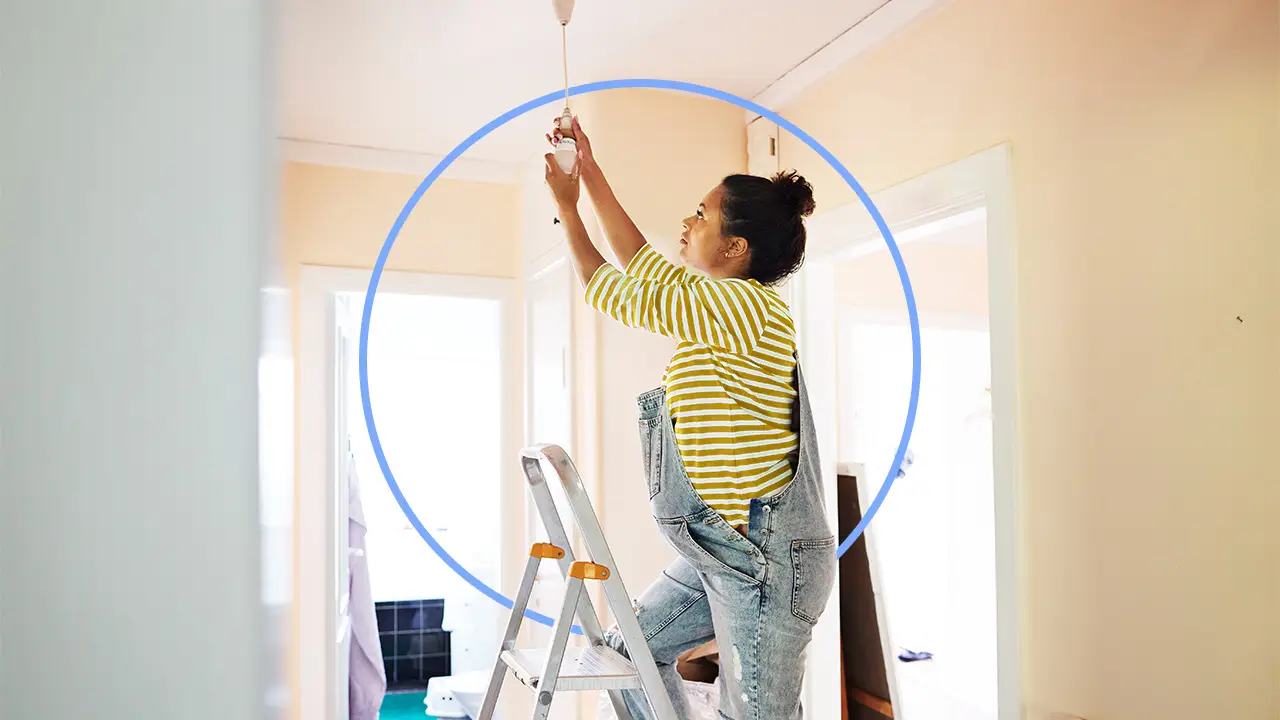
Complexity of the Project
The complexity of the project is a significant factor in deciding whether to hire a professional. Simple upgrades, such as installing a smart thermostat or replacing a showerhead, can often be done by homeowners with basic DIY skills. However, more complex projects, such as installing a home automation system or upgrading your home’s insulation, may require specialized knowledge and tools.
Your Skill Level
Your skill level and comfort with DIY projects also play a crucial role. If you’re handy and enjoy home improvement tasks, you might be able to handle more complex projects than someone who doesn’t have much experience. However, even the most skilled DIY enthusiasts may need to hire professionals for certain tasks, such as electrical work, which can be dangerous if not done correctly.
Potential Risks
The potential risks involved in a project should also be considered. Some home upgrades, particularly those involving electricity or structural changes, can pose safety risks if not done correctly. In these cases, it’s often best to hire a professional to ensure the job is done safely and correctly.
Here’s a general guide to help you decide:
| Home Upgrade | DIY-Friendly | Professional Recommended |
|---|---|---|
| Smart Thermostat Installation | Yes | No |
| High-Efficiency Showerhead Replacement | Yes | No |
| Home Automation System | No | Yes |
| Insulation Upgrade | No | Yes |
| Electrical Wiring | No | Yes |
Even if a project seems simple, it’s important to do your research and understand all the steps involved before deciding to do it yourself. If you’re unsure, it’s always safer to hire a professional.
IV. Lifespan and Maintenance of Home Upgrades
What Is the Expected Lifespan of These Home Upgrades?
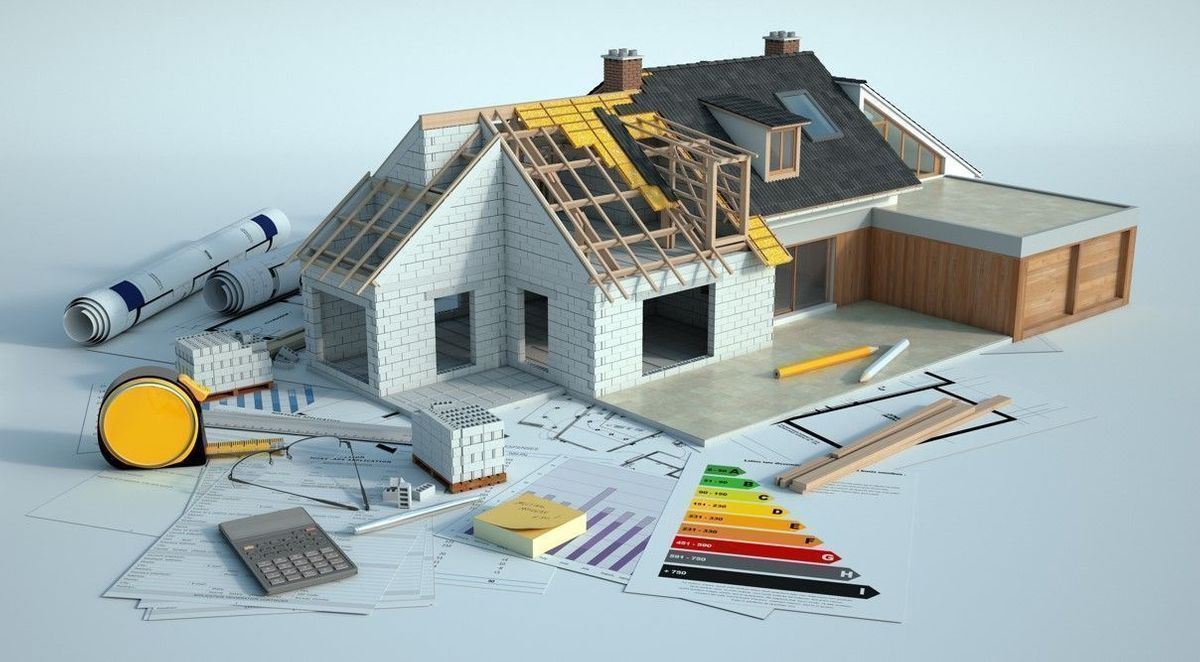
The expected lifespan of home upgrades can vary significantly depending on the type of upgrade, the quality of the materials used, and the level of maintenance they receive. Here are some general estimates for the lifespan of various common home upgrades:
- Kitchen Remodel: A full kitchen remodel, including new cabinets, countertops, and appliances, can last anywhere from 10 to 15 years. The lifespan can be extended with proper care and maintenance.
- Bathroom Remodel: Bathroom fixtures and finishes can last between 10 to 20 years, depending on the quality of the materials and the level of use.
- Roof Replacement: The lifespan of a new roof can vary greatly depending on the materials used. Asphalt shingles typically last about 20 years, while metal roofs can last up to 50 years or more. The best way to make sure you get the best roofing replacement is to consult a professional roofer who can assess your roofing needs and recommend the best materials for your budget and climate. This will ensure not just a long-lasting roof but also peace of mind in the future.
- HVAC System: A new heating, ventilation, and air conditioning (HVAC) system can last between 15 to 25 years with regular maintenance.
- Home Automation Systems: The technology used in home automation systems can become outdated within 5 to 10 years, although the infrastructure (wiring, switches, etc.) can last much longer.
It’s important to note that these are just estimates. The actual lifespan of a home upgrade can be influenced by many factors, including the quality of the installation, the climate and weather conditions, and how well the upgrade is maintained. Regular maintenance can significantly extend the lifespan of most home upgrades.
| Home Upgrade | Estimated Lifespan |
|---|---|
| Kitchen Remodel | 10-15 years |
| Bathroom Remodel | 10-20 years |
| Roof Replacement | 20-50 years |
| HVAC System | 15-25 years |
| Home Automation Systems | 5-10 years |
Investing in high-quality materials and professional installation can often result in a longer lifespan for your home upgrades.
Are There Any Maintenance Requirements for These Home Upgrades?
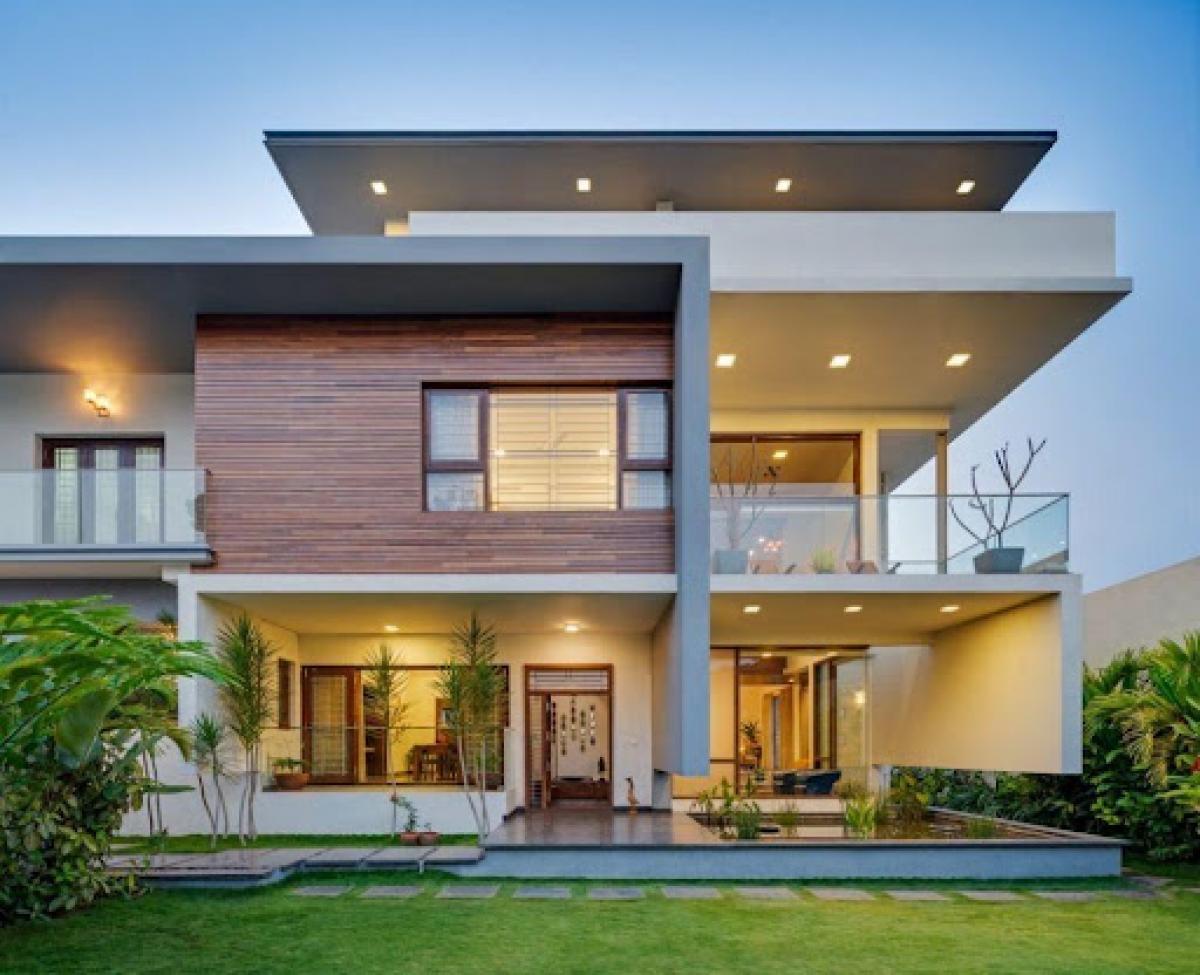
The maintenance requirements for home upgrades can vary significantly depending on the type of upgrade. Here are some general maintenance tasks associated with the top 5 home upgrades that can make your life easier:
- Smart Home Systems: These systems typically require regular software updates to ensure they are running the latest features and security patches. Some components, like sensors or batteries, may need to be replaced periodically.
- Energy-Efficient Appliances: These appliances generally require less maintenance than their traditional counterparts. However, it’s still important to clean them regularly and service them as per the manufacturer’s instructions to ensure they continue to operate efficiently.
- Home Automation Systems: Similar to smart home systems, home automation systems also require regular software updates. Additionally, physical components such as wiring and sensors may need occasional maintenance or replacement.
- High-Efficiency HVAC Systems: These systems should be serviced at least once a year by a professional to ensure they are operating at peak efficiency. Regular tasks may include changing or cleaning filters, inspecting ductwork for leaks, and checking the system’s components for wear and tear.
- Solar Panels: Solar panels generally require little maintenance. However, it’s important to keep them clean and free of debris. Depending on the climate, they may also need to be inspected for damage after severe weather events.
| Home Upgrade | Maintenance Task | Frequency |
|---|---|---|
| Smart Home Systems | Software updates, component replacement | As needed |
| Energy-Efficient Appliances | Regular cleaning, servicing as per manufacturer’s instructions | As needed |
| Home Automation Systems | Software updates, maintenance of physical components | As needed |
| High-Efficiency HVAC Systems | Professional servicing, filter changes, ductwork inspection | Annually |
| Solar Panels | Cleaning, damage inspection | As needed |
Regular maintenance not only ensures the longevity of these upgrades but also their efficiency and effectiveness in making your life easier. Always refer to the manufacturer’s instructions for specific maintenance guidelines.
V. Potential Downsides and Risks of Home Upgrades
Are There Any Potential Downsides or Risks to These Home Upgrades?
While home upgrades can significantly improve the quality of life and increase the value of a property, they also come with potential downsides and risks. It’s important for homeowners to be aware of these before embarking on any home improvement project.

One of the most common risks associated with home upgrades is the potential for cost overruns. Home improvement projects can often end up costing more than initially estimated due to unforeseen complications, changes in plans, or increases in material costs. Therefore, it’s crucial to budget carefully and allow for unexpected expenses.
Another potential downside is the disruption to daily life. Depending on the scale of the upgrade, homeowners may have to deal with noise, dust, and the inconvenience of having areas of their home out of use for the duration of the project. In some cases, they may even need to temporarily move out.
Home upgrades can also pose safety risks. DIY projects, in particular, can lead to injuries if homeowners are not properly trained or equipped to carry out the work. Even when professionals are involved, there’s a risk of accidents during construction.
Not all home upgrades deliver a good return on investment. Some improvements may not increase the home’s value by as much as they cost, especially if they are very personalized or go against current market trends.
Lastly, there’s the risk of poor workmanship, which can lead to problems down the line. This is why it’s essential to hire reliable and experienced professionals for any home upgrade project.
| Potential Downsides/Risks | Mitigation Strategies |
|---|---|
| Cost overruns | Careful budgeting and planning |
| Disruption to daily life | Scheduling work for least disruptive times |
| Safety risks | Hiring professionals, proper safety training and equipment for DIY |
| Poor return on investment | Researching market trends, consulting with real estate professionals |
| Poor workmanship | Hiring experienced and reliable professionals |
VI. Finding Reliable Service Providers for Home Upgrades
Where Can I Find Reliable Service Providers for These Home Upgrades?
Finding reliable service providers for home upgrades can be a daunting task, especially given the multitude of options available. However, there are several strategies and resources that can help homeowners make an informed decision.
Online Directories and Review Sites: Websites such as Angie’s List, HomeAdvisor, and Houzz provide comprehensive directories of home service providers, complete with customer reviews and ratings. These platforms allow homeowners to compare different providers based on their services, prices, and customer feedback.
Trade Associations: Many professional service providers are members of trade associations, which often maintain directories of their members. Examples include the National Association of the Remodeling Industry (NARI) and the National Kitchen & Bath Association (NKBA). These associations often have stringent membership requirements, providing an additional layer of assurance about the provider’s qualifications and professionalism.
Local Building Departments: Local building departments often maintain lists of licensed contractors in the area. These lists can be a valuable resource, as they ensure that the providers have met the local licensing requirements.
Personal Recommendations: Word-of-mouth recommendations from friends, family, or neighbors can be invaluable. These individuals can provide firsthand accounts of their experiences with different service providers.
When choosing a service provider, homeowners should consider several factors:
- Experience: How long has the provider been in business? Do they have experience with the specific type of upgrade being considered?
- Licenses and Certifications: Does the provider hold the necessary licenses and certifications? These can vary by location and type of work.
- Insurance: Does the provider have adequate insurance coverage? This can protect homeowners in the event of an accident or damage during the project.
- References: Can the provider supply references from previous clients? Speaking with past clients can provide insights into the provider’s reliability, quality of work, and customer service.
By utilizing these resources and considering these factors, homeowners can increase their chances of finding a reliable service provider for their home upgrades.

